County: Scott
C. E. Forrester House
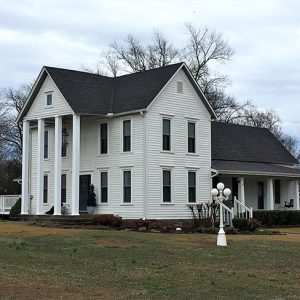 C. E. Forrester House
C. E. Forrester House
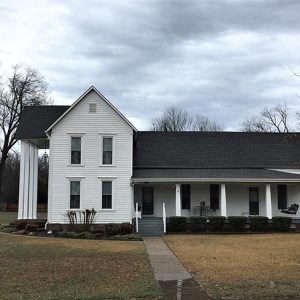 C. E. Forrester House
C. E. Forrester House
 Caddo River Lumber Company
Caddo River Lumber Company
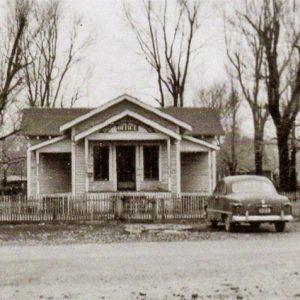 Caddo River Lumber Company
Caddo River Lumber Company
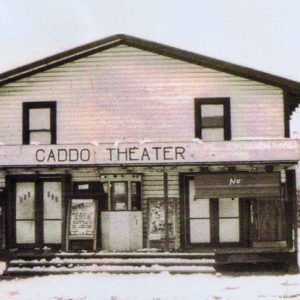 Caddo Theater
Caddo Theater
Cauthron (Scott County)
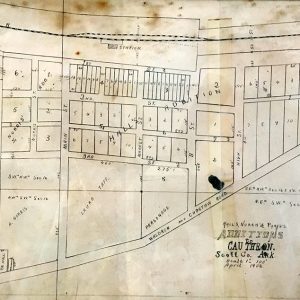 Cauthron Map
Cauthron Map
 Cauthron Cemetery
Cauthron Cemetery
 Cauthron Post Office
Cauthron Post Office
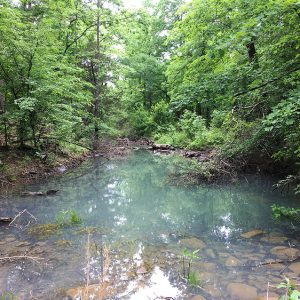 Cedar Creek
Cedar Creek
Cedar Creek (Scott County)
 Cedar Creek Cemetery
Cedar Creek Cemetery
 Cedar Creek Community Church
Cedar Creek Community Church
 Cedar Creek Baptist Church
Cedar Creek Baptist Church
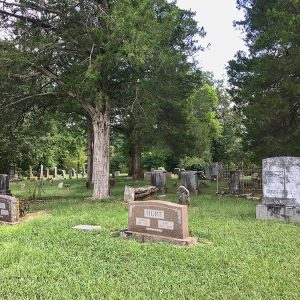 Cedar Grove Cemetery
Cedar Grove Cemetery
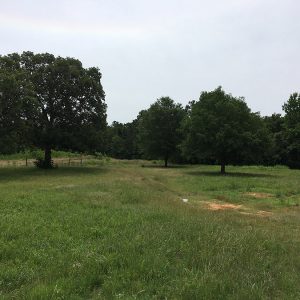 Center Point School Location
Center Point School Location
Chandler, Florence Clyde
Chant (Scott County)
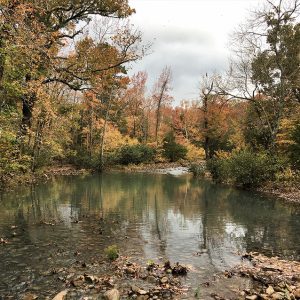 Clear Fork Creek
Clear Fork Creek
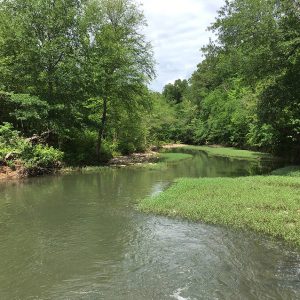 Clear Fork Creek
Clear Fork Creek
Coaldale (Scott County)
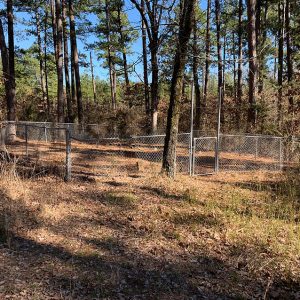 Colburn Cemetery
Colburn Cemetery
Colburn Spring (Scott County)
Cold Spring
 Cold Spring
Cold Spring
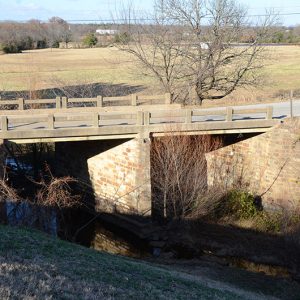 Coop Creek Bridge
Coop Creek Bridge
Denton (Scott County)
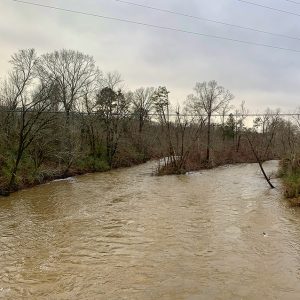 Dutch Creek
Dutch Creek
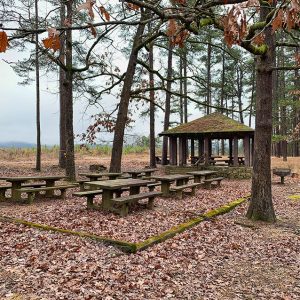 Dutch Creek CCC Camp
Dutch Creek CCC Camp
 Egypt Freewill Baptist Church
Egypt Freewill Baptist Church
Elm Park (Scott County)
 Elm Park Rest Area
Elm Park Rest Area
Evening Shade (Scott County)
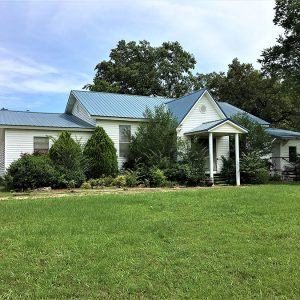 Evening Shade Baptist Church
Evening Shade Baptist Church
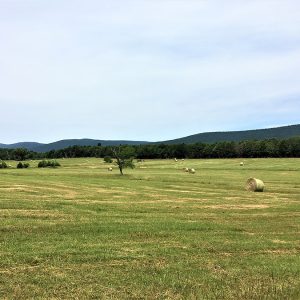 Evening Shade Agriculture
Evening Shade Agriculture
Forester (Scott County)
 Forester Hotel
Forester Hotel
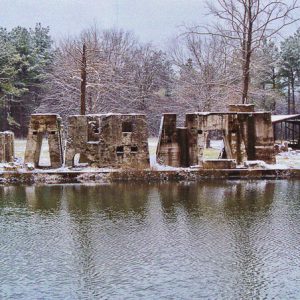 Forester Reunion Park
Forester Reunion Park
 Forester Reunion Park
Forester Reunion Park
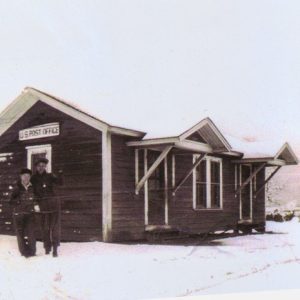 Forester Post Office
Forester Post Office
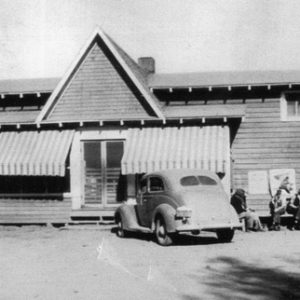 Forester Company Store
Forester Company Store
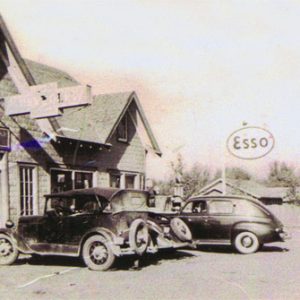 Forester Dealership
Forester Dealership
 Forester Logging
Forester Logging
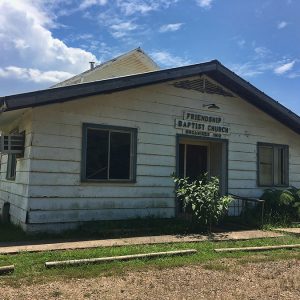 Friendship Baptist Church
Friendship Baptist Church
Gate (Scott County)
 Gate View, North
Gate View, North
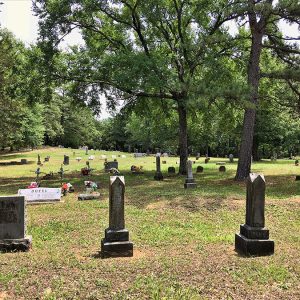 Gipson Cemetery
Gipson Cemetery




